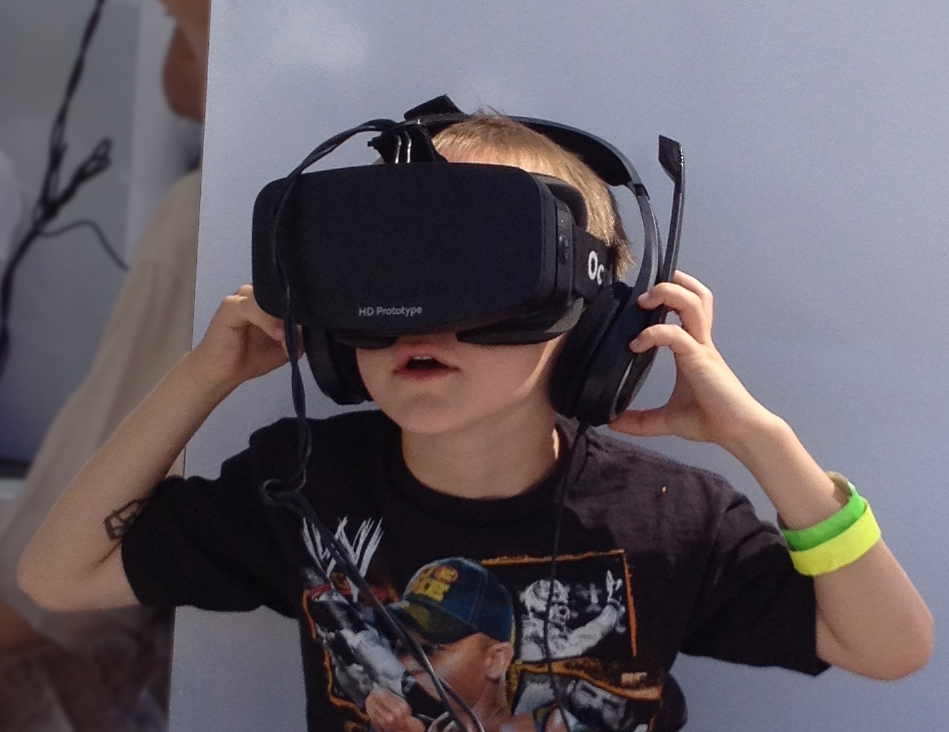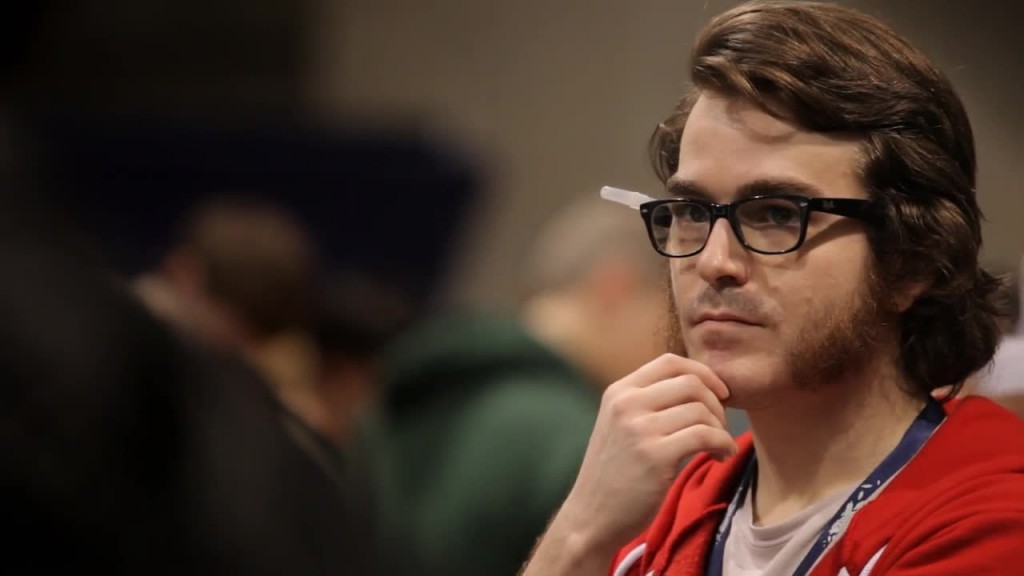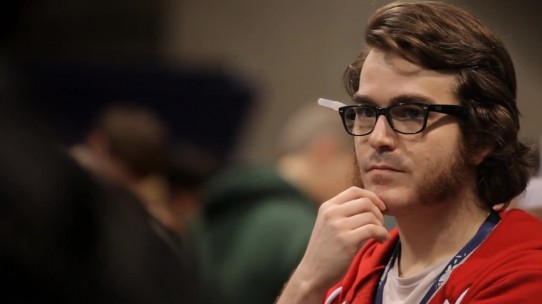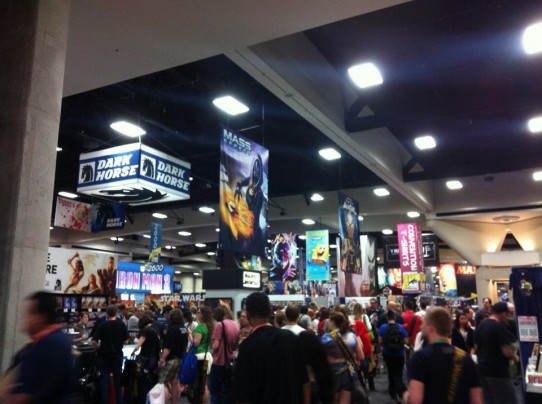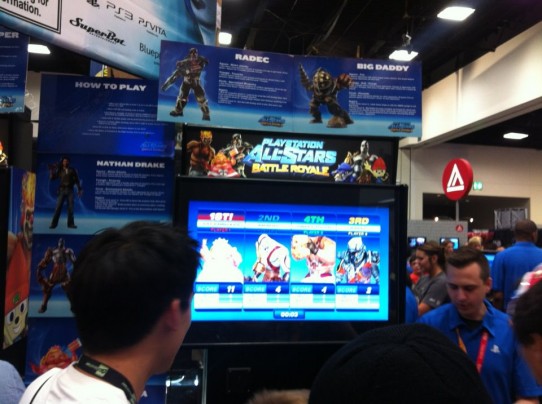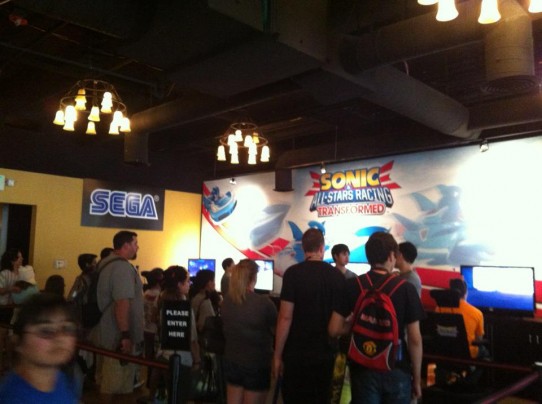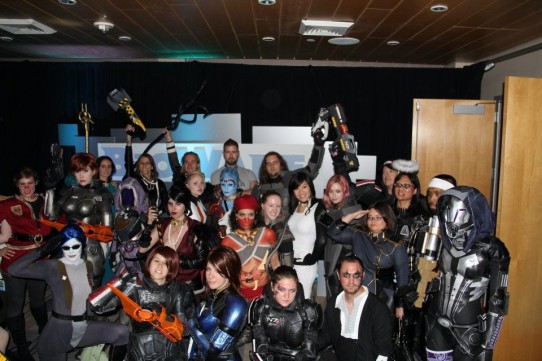Over the past year, we’ve been hearing from developers who want PR support not for the launch of their game, but for their Kickstarter projects. Promoting a Kickstarter project bears some similarity to a traditional product PR campaign; however, there are some major differences that will influence the way you approach a PR effort. Like any game, product, or service, it must be of high quality and there must be a demand for it in order for PR to be effective. If you’ve got that covered, then the next step is getting the word out in the right way; here are some tips and best practices we’ve learned through experience and observation.

1) Ask Not for Money
A common complaint we’ve heard from members of the press is that writing about Kickstarter projects puts them in an awkward position, or worse, a conflict of interests. The reporter’s job is to inform their readers, not to help a struggling artist raise money. If one goal accomplishes the other, so be it, but in your outreach to press, you must avoid asking for help or assistance in reaching your fundraising goal. Your objective should be to show and tell about the amazing game you’re developing, not to put the pressure you feel to reach a fundraising goal on other people.
2) Early Access for Media
One of the greatest advantages any game developer has in terms of PR is being new and unannounced. Once you’re live on Kickstarter, you’re not quite as new anymore. So treat your Kickstarter launch as a proper launch and offer a select handful of press some early access to the info, assets, and/or game preview you plan to share when your Kickstarter goes live.
3) Target Wisely
Some journalists have tweeted or written about “Kickstarter fatigue” and not wanting to hear about or write about any more Kickstarters. Avoid these people. Before you contact someone, read their work to make sure they are interested in the type of game you’re making, and that they’ve shown interest in promising Kickstarter projects before.
4) Update Often
We’ve seen a direct correlation between Kickstarter project updates, and the flow of donations, so keep your community informed with lively and regular updates and your chances of success and building a fanbase will increase. You should prepare a schedule of updates before you go live so you can drip-feed them over the course of the campaign. Hasty or hollow updates can actually deter backers.
5) Tap into Nostalgia or Unmet Demand
The projects that fare the best on Kickstarter, for the most part, all have something in common. Some tap into a nostalgia we all have for a long-forgotten game franchise or defunct IP from our childhoods and the collective desire to bring it back. Some play into a sense of unmet demand for a game or product that people clearly want to have but no big company has yet devoted the resources to produce. Others instill a sense of confidence in their backers because the team behind it has an incredible pedigree and a track record of success. Most successful games on Kickstarter will tick one of these three boxes. Note that the successful “nostalgia” projects typically also offer something new and innovative, not just a revival of something old.
6) Get Ready Before Launch
You need to have a working game to show before you launch the Kickstarter. Don’t let Kickstarter be the debut of your concept — you should have a working prototype or more. John Rhee, an indie developer who recently ran a successful Kickstarter for his game Liege, wisely advised, “Your development progress should be inverse to your studio pedigree. Only established studios can expect to get funded off a concept. If you don’t have recognizable IPs under your belt, you’ll need to be well into development and have a lot to show.”
7) Time Your Project Deliberately
Think carefully about the launch, middle and end of your project. Be ready to wow people at launch, but sustain the flow of info and updates over the course of the campaign. Prepare for the “middle dip”, knowing support for projects tends to slump around the halfway mark. Know where your final 48, 24 and 8 hours will land. Like any other online business, purchases tend to increase on Sunday evenings. You’d be wise to end your campaign near standard paydays, when people have more disposable income handy. Likewise, avoid launching during major holidays, particularly shopping holidays like Christmas or Thanksgiving (Black Friday).
8) Leverage Kickstarter for PR
Use Kickstarter as the powerful marketing tool it can be. Around 50% of your backers will originate from within Kickstarter, as opposed to referrals from external sites. Pay close attention to your project blurb and how it appears on Kickstarter and in search results. Also, look for opportunities to cross-promote your project with other Kickstarter projects. Many successful Kickstarters got a huge bump in backers from working with fellow projects in similar genres. You’re reaching an ideal demographic of existing backers who’ve already linked their accounts to Kickstarter and have shown interest in similar projects.
Just like the App Store, Kickstarter is a crowded marketplace full of many different products for sale. Both marketplaces share a common problem: discovery. It’s hard for users to find the content they want, and the platform owners struggle to surface the right content for the right people. Until this problem is solved, you must take it upon yourself to promote your Kickstarter and use PR to your advantage. Follow these tips and you will improve your chances of success on Kickstarter.

